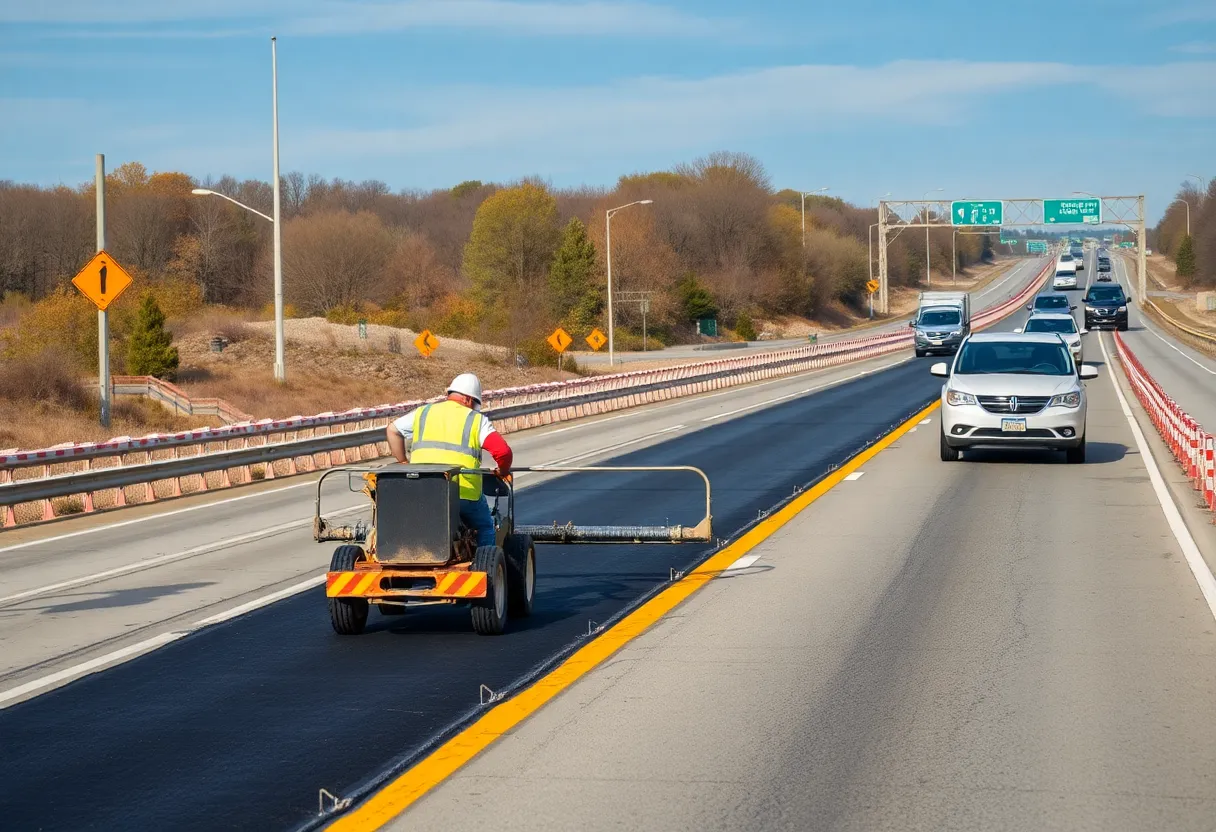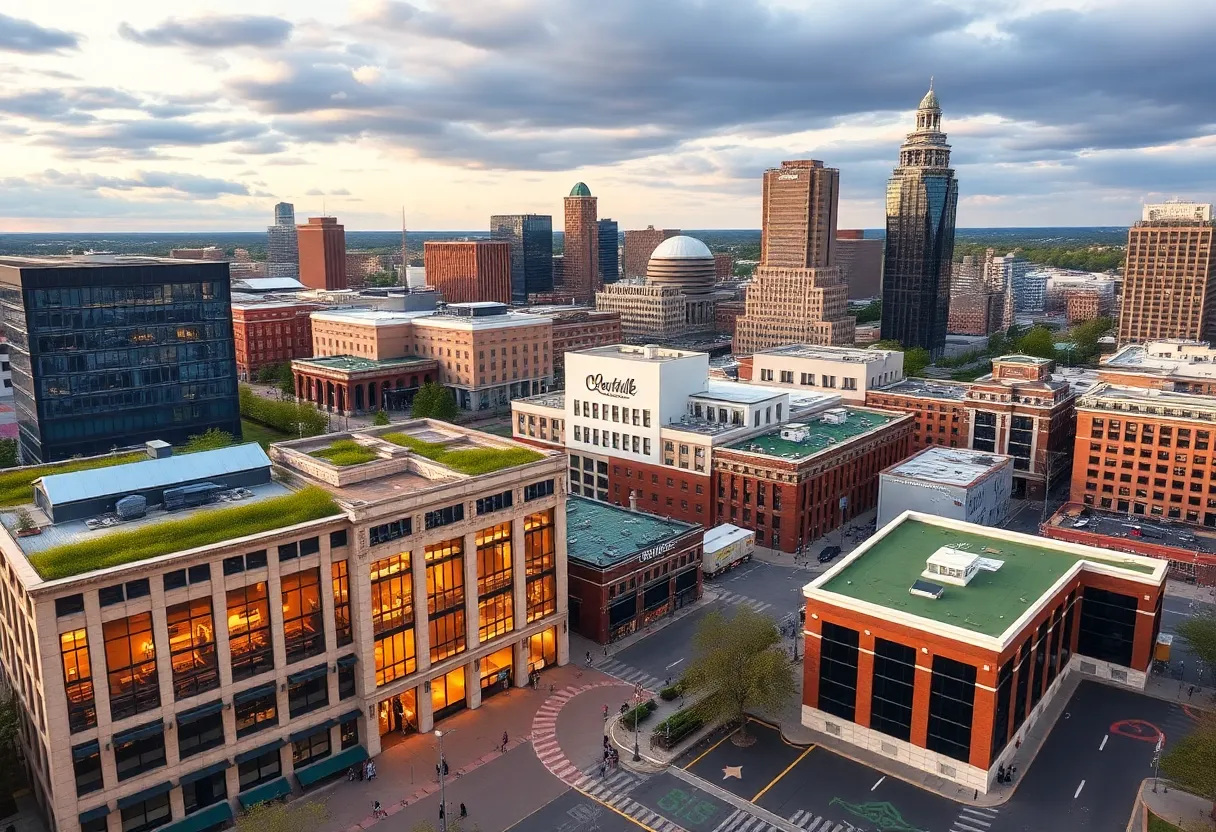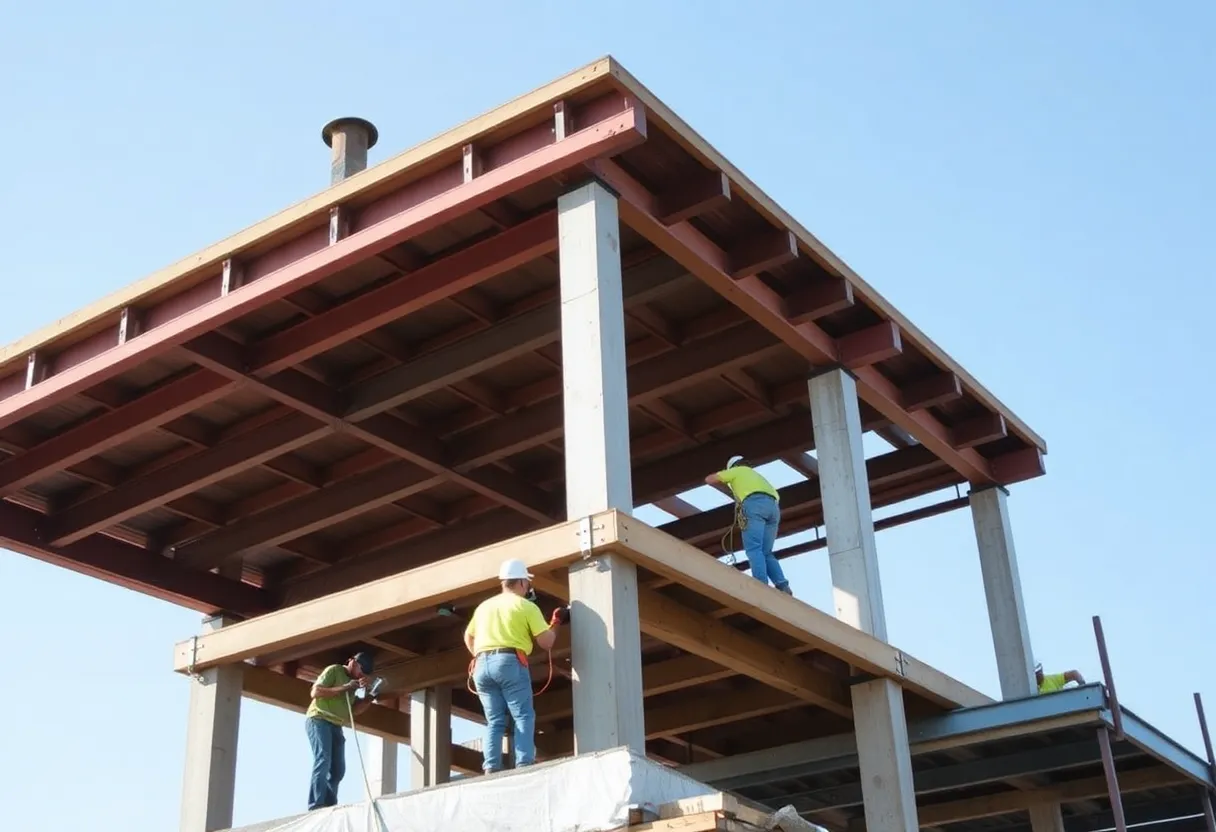News Summary
Raleigh, North Carolina, has initiated the demolition of the historic Warehouse District to make way for a significant redevelopment project. The city plans to replace outdated structures with modern apartments and green spaces, aiming to create 2,000 housing units by 2028. Despite concerns from preservationists, the project focuses on sustainability and community needs, promising a $50 million boost to the local economy. Traffic management strategies are in place to reduce disruptions during the demolition phase, signifying Raleigh’s commitment to urban renewal and growth.
Raleigh, North Carolina, Begins Warehouse District Demolition for Redevelopment
In Raleigh, North Carolina, on October 27, 2025, demolition work started on the outdated Warehouse District to pave the way for a major redevelopment project. The city has approved plans to replace the old structures with modern apartments, despite concerns raised by the Historic Preservation Society. This initiative aims to transform a 25-acre site into housing for 2,000 units by 2028, incorporating eco-friendly practices and focusing on community benefits.
The demolition process prioritizes sustainability, with crews employing methods to recycle materials and minimize environmental impact. Developers emphasize green spaces and affordable housing options as key features of the project. Economic analyses project a $50 million revenue boost for the local economy, highlighting the potential for job creation and increased activity in the area.
To maintain smooth city operations, traffic management strategies are in place during the demolition phase. These measures ensure that daily commutes and local businesses experience minimal disruptions. The project signifies Raleigh’s ongoing evolution as a growing hub in the Southeast, blending urban development with community needs.
Supporting details reveal that the Warehouse District has long been considered for revitalization due to its aging infrastructure. The city’s approval came after careful review, balancing historical value with the demand for modern housing. Eco-friendly methods include reusing demolition debris for new construction, which aligns with broader sustainability goals. The planned 2,000 units will feature a mix of housing types to address affordability, making the area more accessible to diverse residents.
Further, the redevelopment includes dedicated areas for parks and recreational spaces, enhancing the quality of life for future inhabitants. This approach not only addresses housing shortages but also promotes environmental stewardship. Local officials have coordinated efforts to oversee the project, ensuring it meets timelines and safety standards.
Background context on the Warehouse District shows it as a historic area that has seen declining use over the years. The decision to redevelop stems from Raleigh’s rapid growth, with the city seeking to modernize its urban landscape. By 2028, the completed project is expected to integrate seamlessly with existing infrastructure, fostering economic growth and community engagement. This transformation underscores Raleigh’s commitment to sustainable development in the Southeast region.
In summary, the start of demolitions marks a significant step in Raleigh’s urban renewal efforts. With a focus on eco-friendly practices, affordable housing, and economic benefits, the project is poised to reshape the Warehouse District into a vibrant community asset.
The initiative involves multiple phases, beginning with site preparation and demolition, followed by construction of the new developments. City planners have projected that the 25-acre site will not only house the 2,000 units but also include commercial spaces to support local businesses. This holistic approach aims to create a balanced environment where residents can live, work, and recreate.
Throughout the process, collaboration between developers and city authorities has been key to addressing potential challenges, such as preserving any elements of historical significance where possible. The economic projections of a $50 million revenue boost are based on anticipated increases in property values, tourism, and job opportunities. Traffic management includes designated routes and scheduling demolitions during off-peak hours to reduce congestion.
Raleigh’s evolution as a Southeast hub is evident in this project, which aligns with broader trends of urban revitalization across similar cities. By focusing on green spaces and affordable housing, the redevelopment sets a model for future projects, promoting inclusivity and environmental responsibility. This effort reflects the city’s strategic planning to accommodate population growth while maintaining its appeal.
As the project progresses, ongoing monitoring will ensure that all aspects, from construction safety to community impact, are handled effectively. The completion by 2028 will mark a milestone in Raleigh’s development story, turning a once-outdated area into a modern, thriving neighborhood.
FAQ Section
Frequently Asked Questions
- What marked the start of the Warehouse District redevelopment in Raleigh?
- The start of demolitions for the outdated Warehouse District redevelopment on October 27, 2025, in Raleigh, North Carolina.
- What opposition was voiced regarding the project?
- Historic Preservation Society voiced opposition, but the city approved the plan for modern apartments.
- What methods are being used in the demolition?
- Demolition crews used eco-friendly methods to recycle materials.
- What will the site include after redevelopment?
- The 25-acre site will house 2,000 units by 2028. Developers emphasize green spaces and affordable housing.
- What economic impact is projected?
- Economic projections show a $50 million revenue boost.
- How is traffic being managed?
- Traffic management during demolition ensures smooth city operations.
- What does this project signify for Raleigh?
- This transformation signals Raleigh’s evolution as a South East hub.
Key Features Chart
| Feature | Description |
|---|---|
| Site Size | 25-acre site |
| Housing Units | 2,000 units by 2028 |
| Key Focus | Green spaces and affordable housing |
| Economic Impact | $50 million revenue boost |
| Demolition Methods | Eco-friendly methods to recycle materials |
| Traffic Management | Ensures smooth city operations |
| Overall Significance | Raleigh’s evolution as a South East hub |
Deeper Dive: News & Info About This Topic
Construction FL Resources
US Office Markets Enter Growth Cycle Amid Declining Vacancy Rates
Demolition Begins for Charleston Waterfront Development
Linxy launches location-based event app to boost attendee connections
Downtown Office Tower at 36 E. Seventh St. Secures $56.4M Loan for Conversion
Author: Construction FL News
The FLORIDA STAFF WRITER represents the experienced team at constructionflnews.com, your go-to source for actionable local news and information in Florida and beyond. Specializing in "news you can use," we cover essential topics like product reviews for personal and business needs, local business directories, politics, real estate trends, neighborhood insights, and state news affecting the area—with deep expertise drawn from years of dedicated reporting and strong community input, including local press releases and business updates. We deliver top reporting on high-value events such as the Florida Build Expo, major infrastructure projects, and advancements in construction technology showcases. Our coverage extends to key organizations like the Associated Builders and Contractors of Florida and the Florida Home Builders Association, plus leading businesses in construction and legal services that power the local economy such as CMiC Global and Shutts & Bowen LLP. As part of the broader network, including constructioncanews.com, constructionnynews.com, and constructiontxnews.com, we provide comprehensive, credible insights into the dynamic construction landscape across multiple states.





